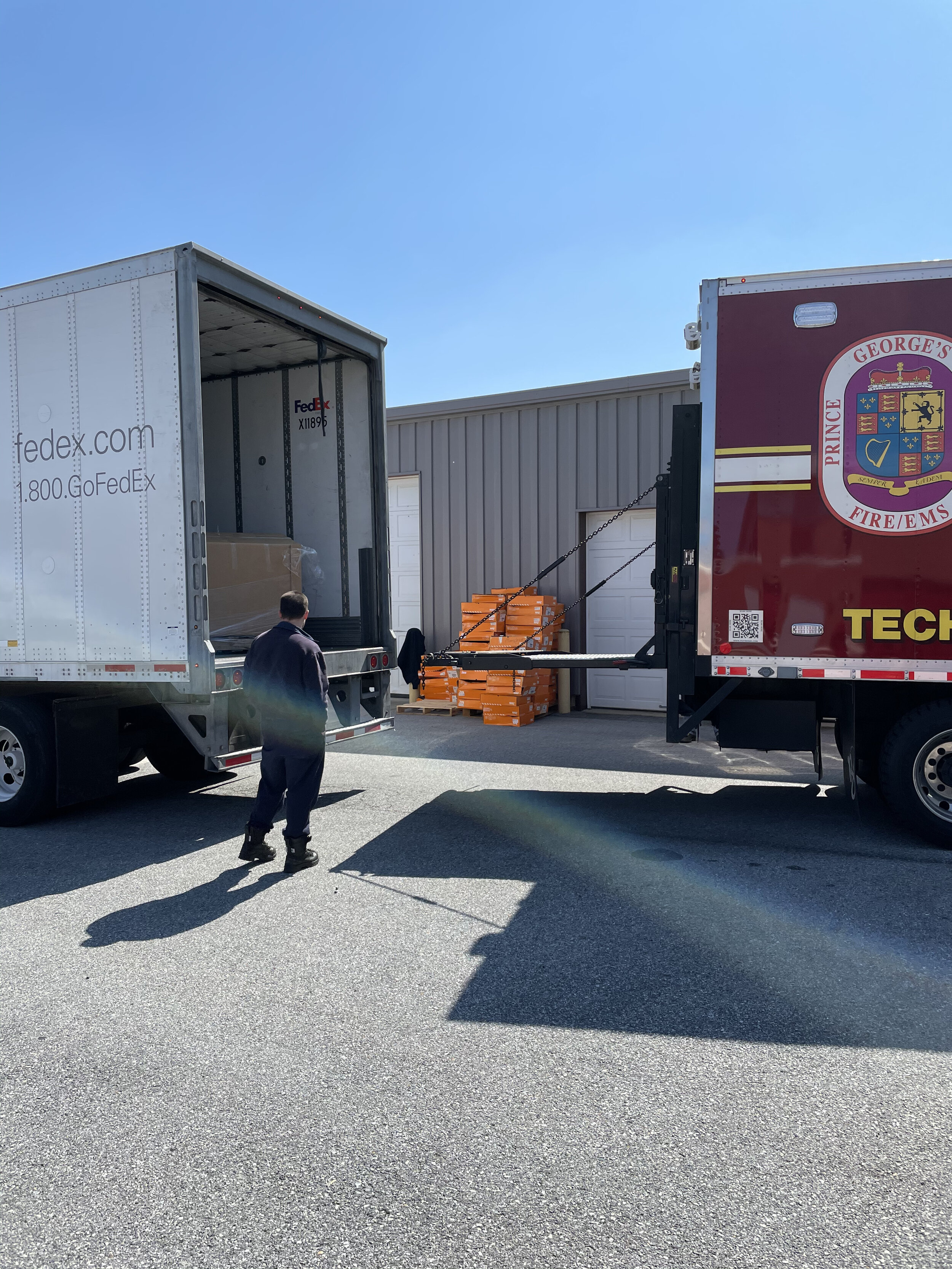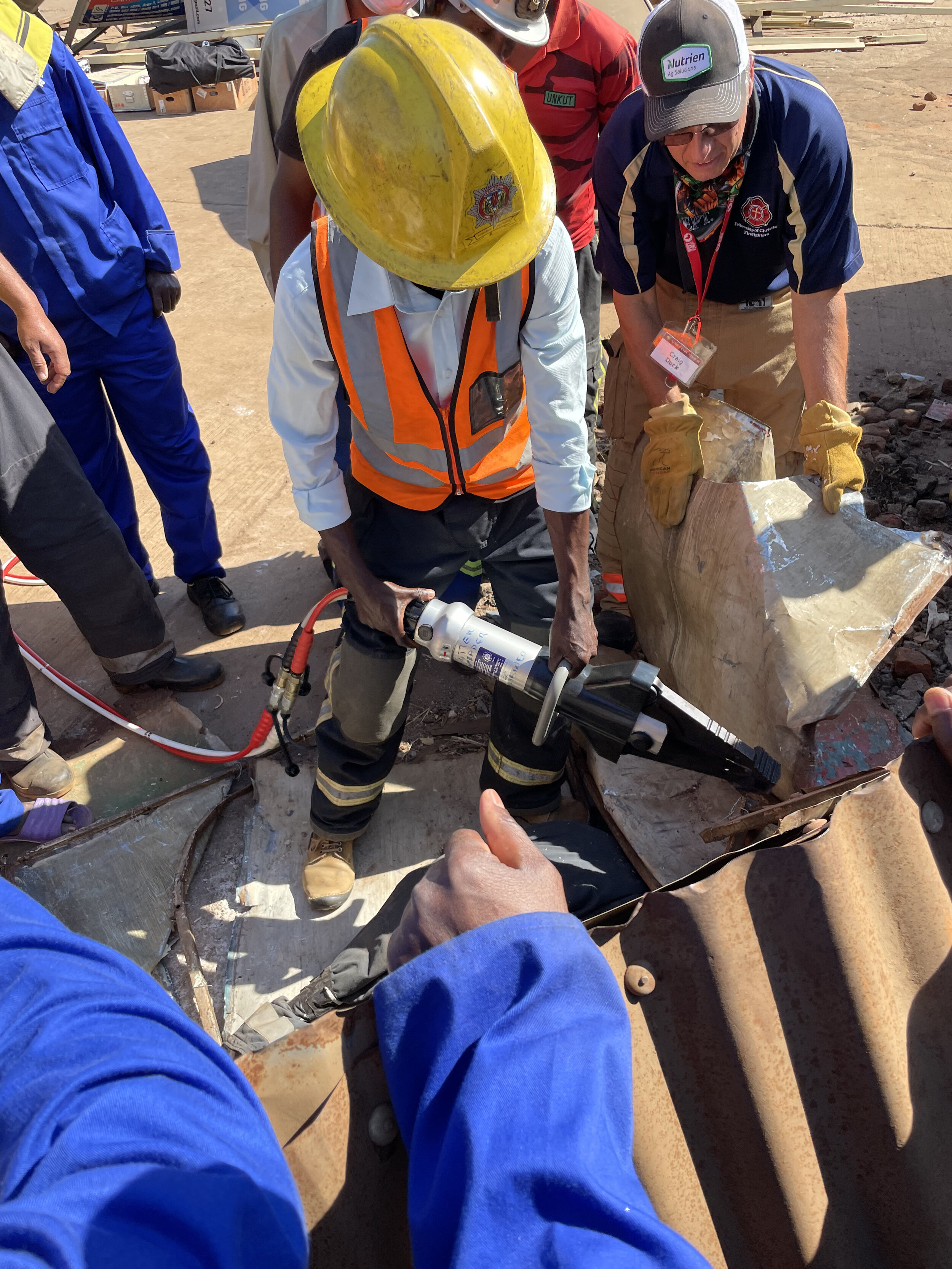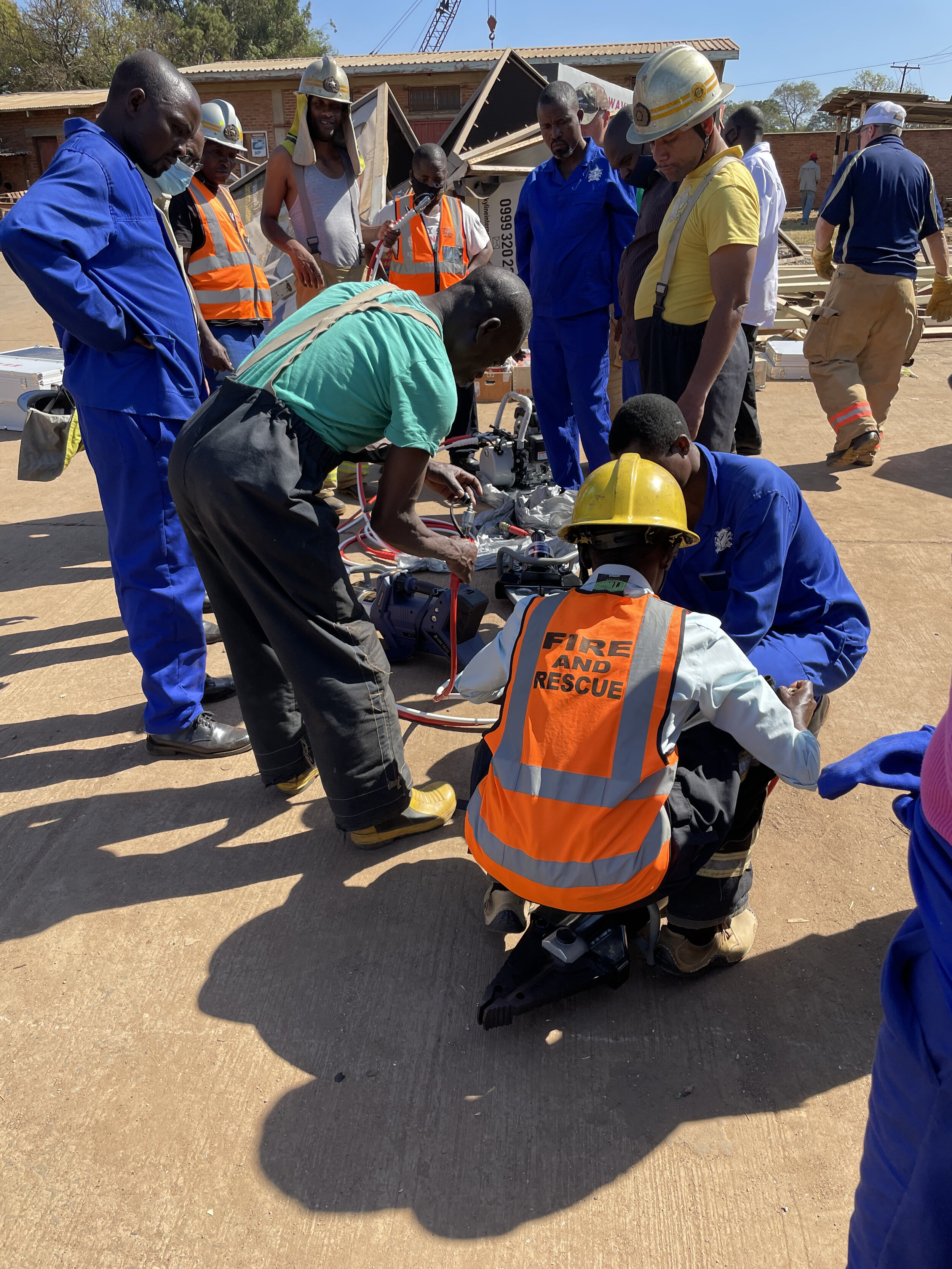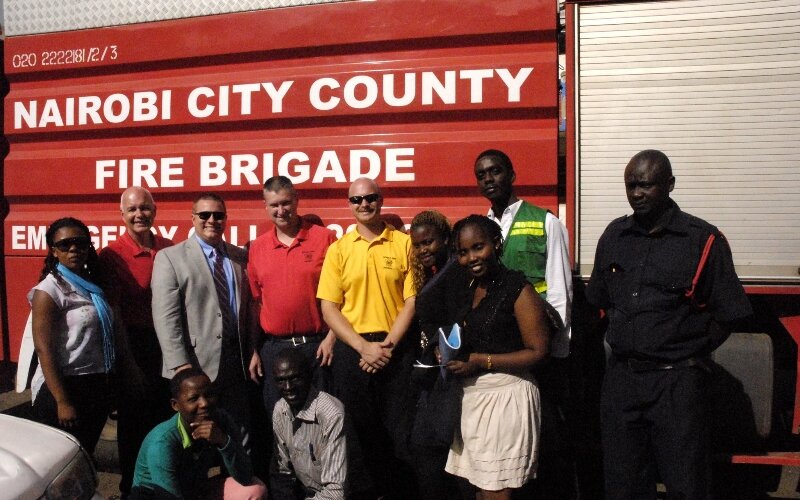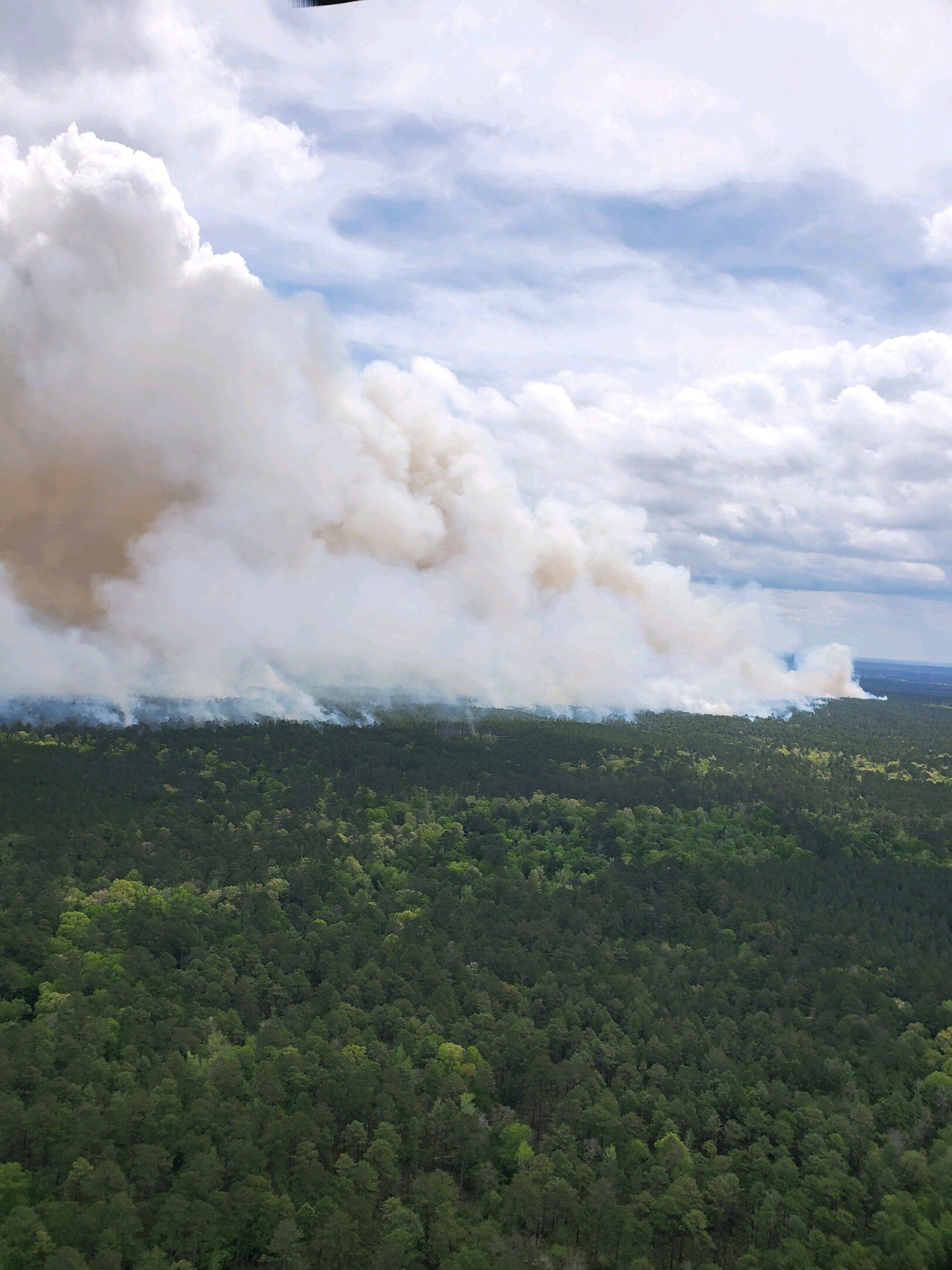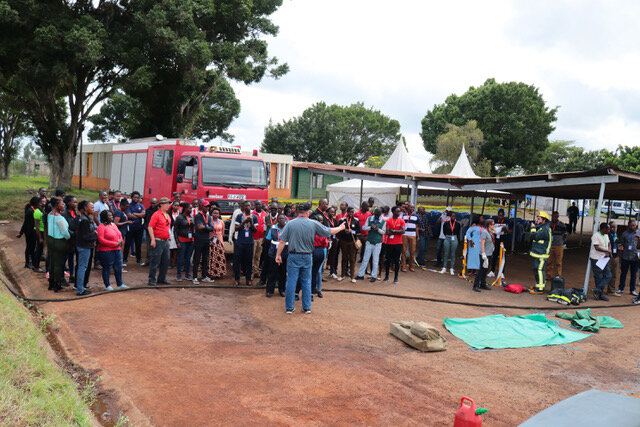Chief Rielage is the former State Fire Marshall of Ohio and Fire Chief of Wyoming Ohio. He currently serves the community of Colerain Township, Ohio.
Media and the Role of a Public Information Officer
Have you ever wondered after a really serious fire, why your fire department has not gotten the credit that it deserved for doing a great job of controlling the fire and its spread to other areas?
After a mass casualty incident, whether a major automobile accident, a mass shooting, or a civil unrest where your department played a critical role in medical patient care, have you wondered why credit was not given to the fire department or even worse that no member of the fire department even took part in the press conference?
The answer may be that your department needs to have a Public Information Officer (PIO) – a person authorized by the Chief Fire Officer to make statements to the news media on the roles you play at major fires or medical incidents. This person must know what can and what cannot be released to the press, but is authorized to comment and give details on the contributions your fire department made by delivering timely professional services to those affected by the incident.
What does a PIO do? Here is a brief list that can help raise the awareness of the public that you do far more than fighting fires:
1) In most cases, the PIO is a regular firefighter or fire officer with an outgoing, and friendly nature; the ability to write a simple press release, collect the email addresses or twitter accounts to send releases to news outlets or reporters, and to be able to speak clearly and precisely in front of a camera. (That comes with practice and can be learned – you just have to try)
2) Being the official spokesperson on major fires, motor vehicle accidents or other emergency incidents who explains the role or roles that the fire service provided.
3) Being properly dressed when acting as the PIO, either in a uniform or your Personal Protective Equipment (PPE) including at minimum your helmet and turnout coat.
4) To issue timely fire safety messages in advance of holidays or other celebrations that may bring an increase in fires or other safety hazards to the general public.
5) To convey regular safety messages using social media, and keeping the public informed via a – Facebook, Twitter, or other platforms in the name of the fire department. Examples may be posting after visiting a school to instruct students on safety, or just covering a training session showing firefighters practicing their skills.
6) Sending out a press release on any honors given to the department or individuals for outstanding service such as a Firefighter of the Year recognition.
7) To build relationships with other governmental departments, outside agencies such as the Red Cross, hospitals, faith-based organizations and other community or civic agencies interested in the safety or welfare of citizens.
While this may sound like a significant amount of additional work, once the PIO has established his or her self with these individuals or groups, the interaction becomes almost second nature.
By way of example, here is a video of Fire Lieutenant Jonathan Baxter after a recent significant fire along the wharf in San Francisco, California. The fire lieutenant’s comments start at @ 1:16 minute mark, end at 4:40, and then he comes back at @ 8:38 minutes until it concludes. Note as well, his several references to the department’s postings on social media that help explain the tactics deployed at this fire.
Please look at his appearance - he’s dressed in his PPE; his demeanor – very friendly, informative and knowledgeable; and the way he answers questions – by first repeating the question and then giving the answer in clear and concise statements.
https://sanfrancisco.cbslocal.com/video/4562891-fishermans-wharf-pier-45-fire-sffd-news-conference/
What steps can you improve the image of the fire department in your area?


